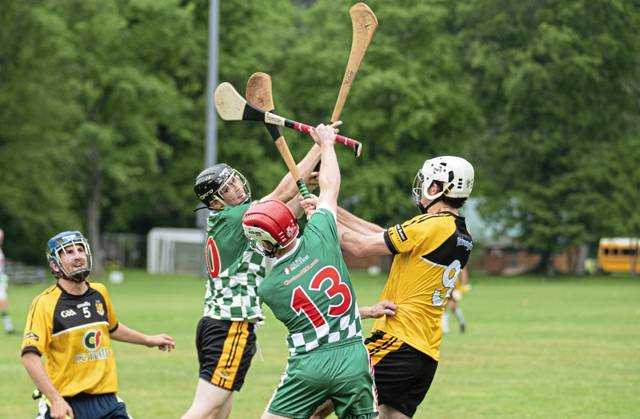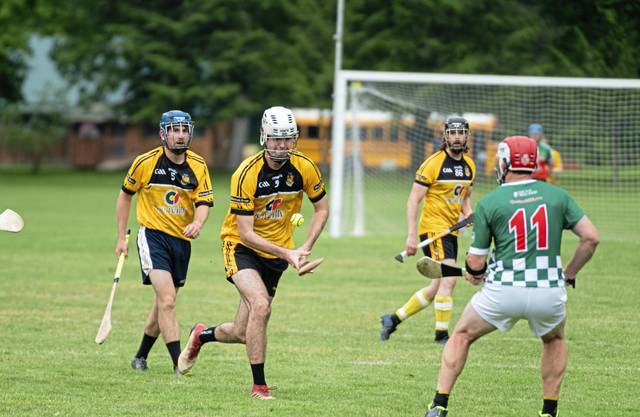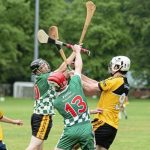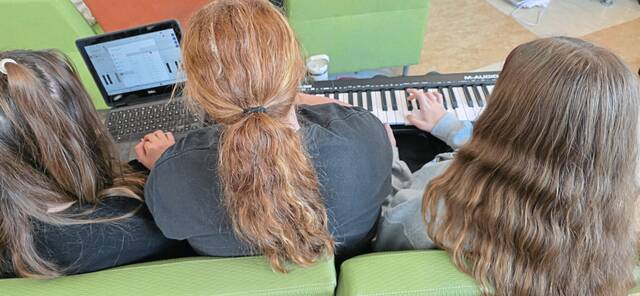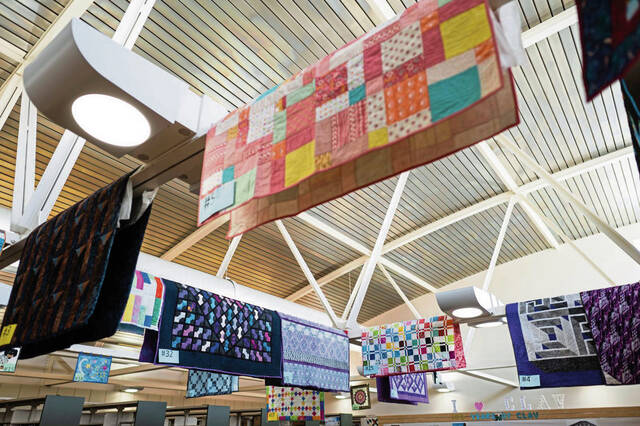In Gaelic, the motto on the crest of the Pittsburgh Hurling Club reads “Neart agus Misneach.”
Or, in English, “Strength and Courage.”
If you’ve seen what the sport of hurling looks like at full speed, you understand why that fits.
If you haven’t, you can see it on a championship level this weekend in Indiana Township. That’s when the Pittsburgh Gaelic Athletic Association hosts its Midwest Finals Saturday and Sunday at Founders Field, with action starting at 10 a.m. both days.
Regional finals for hurling and Gaelic football will be taking place. For the hurlers, a bid to nationals hangs in the balance against teams from Rochester, Akron and Cleveland, with the homesteading Pittsburgh Pucas holding the top seed after winning all four of their matches this season and the previous championship in 2019, prior to the coronavirus pandemic.
Should the Pucas defend their title, they’ll play for the national championship in Massachusetts the weekend of Aug. 19-22.
The Pittsburgh Hurling Club has been around since 2007 and practices at Panther Hollow near the Pitt campus. On their website, the Pucas say they usually have 25 members, this year ranging in age from 18-52, with Pitt acting as a strong feeder system for the team.
“It’s been fortunate for us,” said club chair Sean Stayduhar. “Those (Pitt students) play with us as well, those who stick around for the summer. So every year we have young blood. … It’s been really good for us to grow the club.”
Hurling in the United States usually has 13 players on the field (it’s 15 in Ireland, generally on slightly bigger fields). In the U.S., the fields are 140-160 yards long by 90-100 yards wide.
Like all sports, the rules are nuanced, but largely the point is to use a wooden stick (a hurley) with larger flat-front face to smack a hard ball into a goal for three points or through the uprights above the goal for one point.
You can advance the ball (sliotar) by dribbling it on the hurley while running, catching it with your hands or launching the ball with a baseball- or tennis-like swing down the field to a teammate.
And there is plenty of contact along the way.
“People who play lacrosse tend to always say it’s similar to playing lacrosse,” said team treasurer Cory Schemm. “But the baseball swing is an interesting one. In hurling, your hands are reversed. In baseball, your dominant hand is on the top. But in hurling your dominant hand is on the bottom.”
On first sight, it looks like the hardest tactics to master would be dribbling the ball on the hurley or scooping the ball off the ground at full speed. But Schemm says you would be surprised at how fast you pick up those skills. For him, even though he played some baseball growing up, the hardest part of the game to hone is swinging the hurley on the move.
“For me, it’s hitting left-handed while running,” Schemm said. “I can hit right-handed running the right direction. But when you are almost switch-hitting on the run, it’s pretty difficult. Especially when you are getting hit from behind as well.”
Or perhaps the most difficult thing might be playing goal. Because hurlers don’t wear a lot of equipment — as Stayduhar describes it, basically just a street hockey-style helmet and cage. And the goalies don’t wear much more aside from perhaps shin guards trying to stop a ball that travels, at times, in excess of 100 mph.
“We’ve been lucky,” Stayduhar said of recruiting goalies. “But, typically, the person who is a goalie is a little bit … off.”
The unique nature of the game — something different to do — seemed to be the appeal for Schemm and Stayduhar. Schemm says he was recruited by a friend a few years ago. Stayduhar says he stumbled onto the game simply by attending Pittsburgh’s annual Irish Festival, where the GAA always sets up a booth.
Despite the sport’s native roots and Pittsburgh’s Irish population, Stayduhar says that the team is surprisingly thin when it comes to Irish-born players.
“We’ve actually got more Italian players than anything,” Stayduhar says.
Stayduhar says when they do come across teams with a roster more densely populated with players from Ireland, it’s a whole different level.
“New York, Boston, Philly, there are a ton of Irish. Chicago, too. Those are the hotbeds,” Stayduhar said.
And the Pucas hope that Pittsburgh will soon be in that mix as well, with events like this weekend’s tournament acting as a wide local stage for the game to recruit itself.


